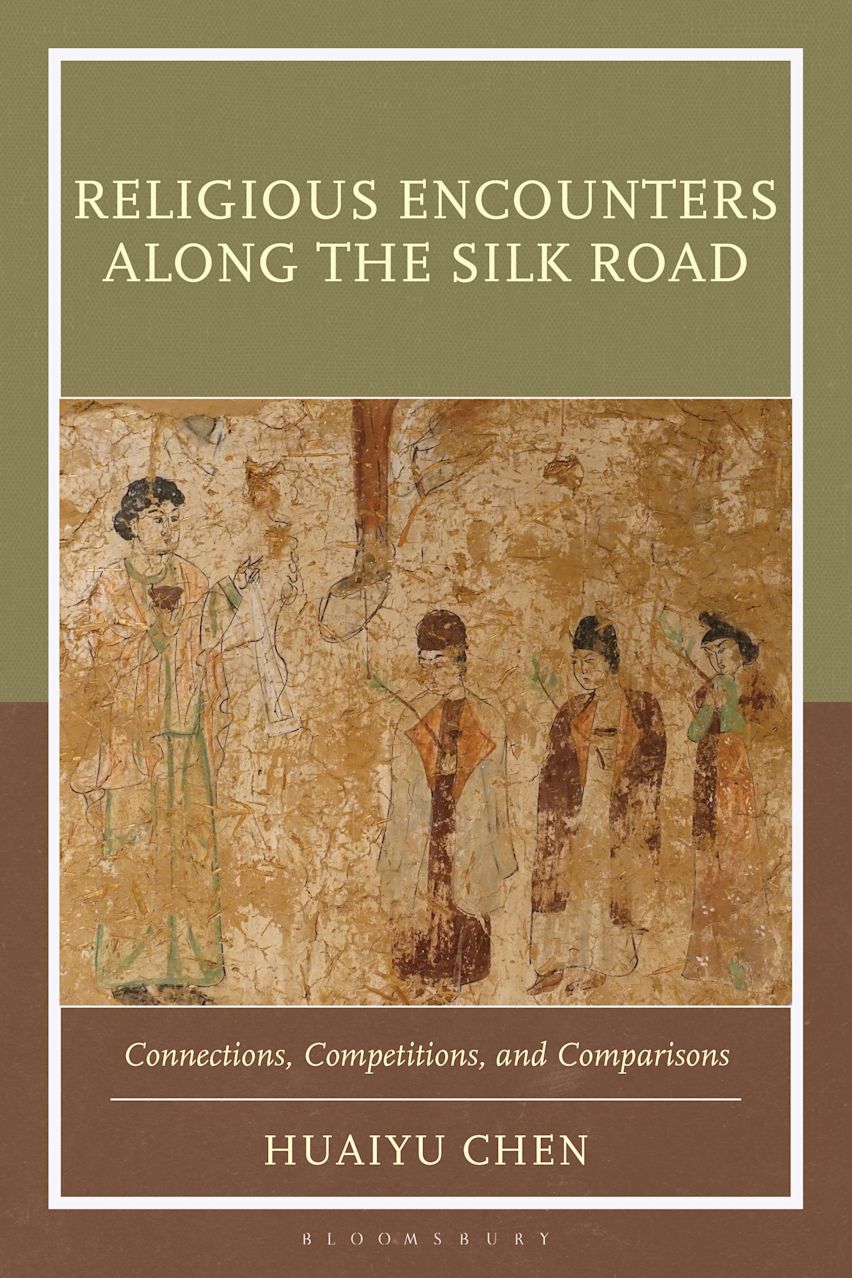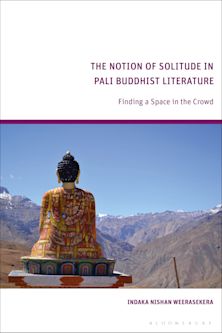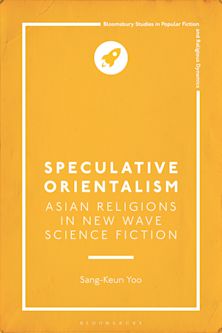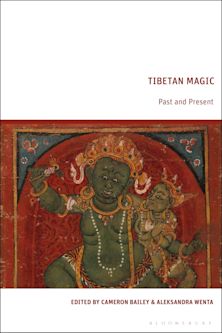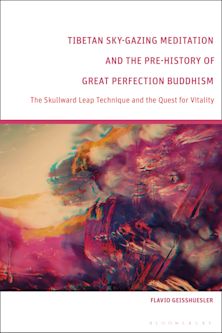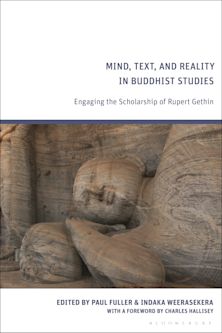- Home
- ACADEMIC
- Religious Studies
- Buddhism
- Religious Encounters along the Silk Road
Religious Encounters along the Silk Road
Connections, Competitions, and Comparisons
Religious Encounters along the Silk Road
Connections, Competitions, and Comparisons
Payment for this pre-order will be taken when the item becomes available
This product is usually dispatched within 2-4 weeks following the publication date
- Delivery and returns info
-
Flat rate of $10.00 for shipping anywhere in Australia
You must sign in to add this item to your wishlist. Please sign in or create an account
Description
Religious Encounters along the Silk Road draws on a diverse range of sources to examine the connections, rivalries, and interactions among Buddhism, Christianity, and Daoism along the Silk Road during the medieval era.
This book analyzes these dynamics from political, textual, ritual, and ethnic perspectives to argue that interreligious exchanges were integral to the broader process of medieval globalization, shaping political and religious life in Central Asia and China within a multilingual, multi-religious, and multi-ethnic environment. This book further suggests that Buddhists, Christians, and Daoists coexisted within shared political, textual, ritual, and ethnic spheres, developing distinct strategies to navigate and adapt to political and religious challenges. These communities likely influenced one another's texts and rituals under the same political regime.
Table of Contents
List of Figures
Maps
Introduction
1. The Shared Political Community: State Ideology, True Portraits, and Creating the Church
2. The Shared Textual Community: Shared Vocabulary and Different Doctrines
3. The Shared Ritual Community: Scripture Pillars and Amulets
4. The Shared Heavenly Community: Politics, Religions, and Science along the Silk Road
Epilogue
Bibliography
Index
Product details

| Published | 19 Feb 2026 |
|---|---|
| Format | Hardback |
| Edition | 1st |
| Extent | 280 |
| ISBN | 9781666943887 |
| Imprint | Bloomsbury Academic |
| Illustrations | 15 bw illus |
| Dimensions | 229 x 152 mm |
| Publisher | Bloomsbury Publishing |
About the contributors
Reviews
-
Huaiyu Chen's Religious Encounters along the Silk Road: Connections, Competitions, and Comparisons is a delight to behold. It masterfully examines Buddhism, Christianity, and Daoism, the three major religious traditions of medieval Central Asia, while also paying due regard to less prominent faiths of the period and place such as Zoroastrianism, Manichaeism, Judaism, and Islam. Solidly grounded in textual and epigraphical sources and amply illustrated with primary manuscripts and inscriptions, this trustworthy work of detailed scholarship transports the reader back a millennium and more to Dunhuang, Turfan, and other sites where these ancient texts, amulets, and portraits were the focus of vibrant communities of believers, now brought to life by the dedicated scholarship of the author.
Victor H. Mair, University of Pennsylvania
-
This ambitious work provides a detailed account of the political and cultural developments of Buddhism, Taoism, and Christianity (Nestorianism) in medieval China and Central Asia, based on newly discovered sources. Those who read this book from cover to cover will find their existing understanding challenged and transformed.
Takata Tokio, Kyoto University
-
In this eye-opening work, Chen shows that even though Buddhism, Daoism, and Nestorian Christianity were political rivals, they used the same vocabulary, rituals, and devotional objects. Their leaders were often Persian or Sogdian, lived near each other in Chang'an, and were part of a textual community whose lingua franca was Chinese.
Keith N. Knapp, Professor of History at The Citadel and co-editor of the Cambridge History of China, Volume 2: The Six Dynasties (220-589)











